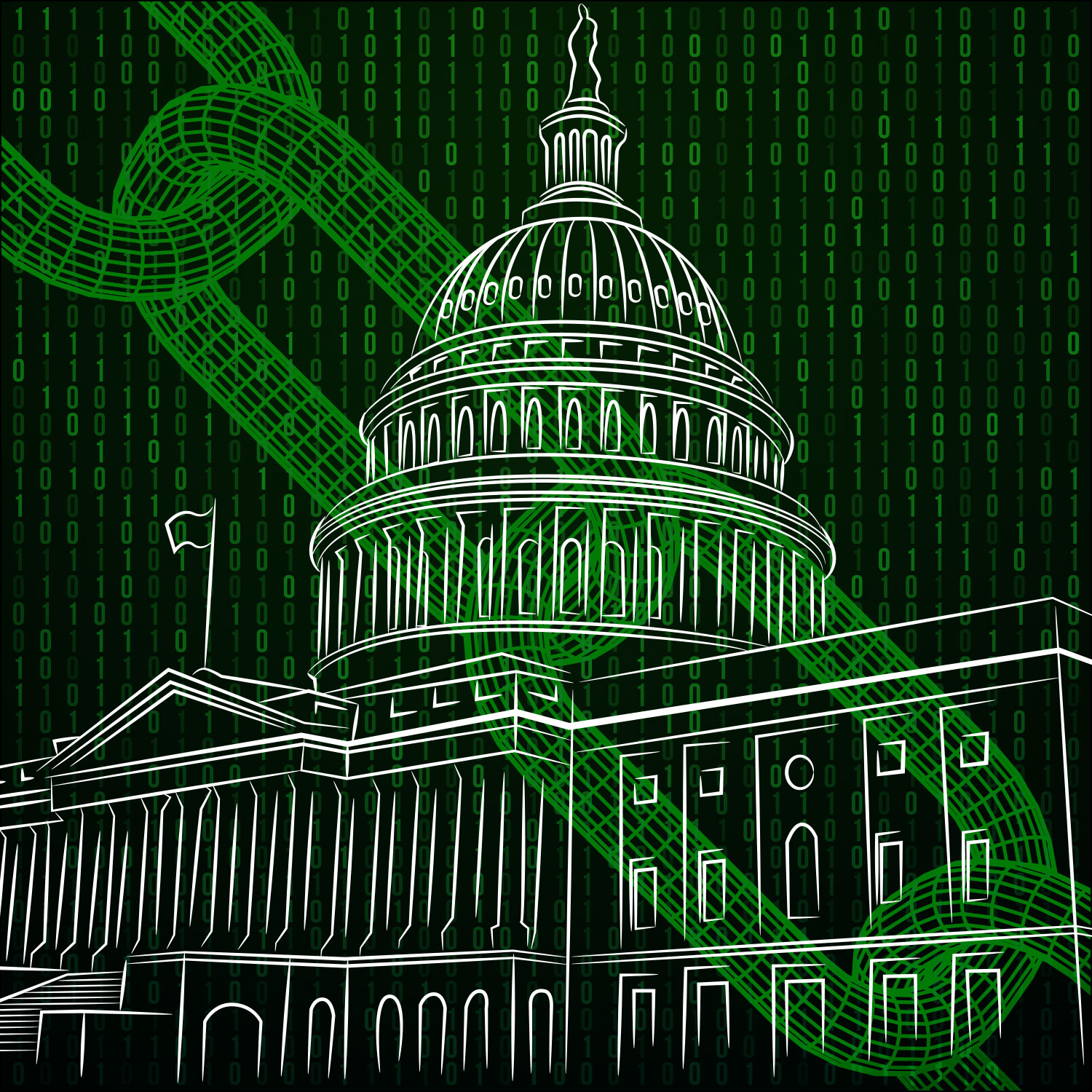[fsn_row][fsn_column width=”12″][fsn_text]
With the passage of the Modernizing Government Technology Act into law, several federal IT modernization efforts are likely to ramp up.
Two of the more buzzworthy areas of modernization, artificial intelligence and blockchain, promise new ways to crunch mountains of data created by federal agencies and more secure ways to share information. But more than funding is required to deploy solutions for federal IT modernization, 2018 will likely see continued investigation of potential applications with significant investments coming in 2019, according to the Office of Management and Budget guidance for R&D priorities.
“Next year, I think we are going to start seeing a get-to-good and building for the future on top of that,” said Meagan Metzger, founder of government tech accelerator Dcode in an article on Fedscoop. “I think there’s going to be a huge shift towards microservices and kind of rethinking the way we are doing everything right now.”
Federal IT modernization efforts will include infrastructure improvements to help bridge legacy systems and the cloud computing required for emerging tools.
Uplogix is a key component to ensuring the network can support the demands of cloud computing by reducing the likelihood of problems, ensuring SLAs are met, and decreasing mean-time-to-recovery (MTTR) when there are issues.
Key Uplogix features for Cloud-ready networks include the following:
- An Uplogix Local Managers co-locate with and connect directly to the network gear to be managed (not using the network).
- Uplogix takes advantage of direct connectivity to more rapidly identify failures and issues (typically the console port can support 30 second intervals vs. 5-15 minutes with centralized network dependent monitoring systems using SNMP).
- Point-to-point network monitoring between Local Managers installed in proximity to both users and application service points of origination that can measure the performance of specific network segments. This makes it possible to accurately assess performance as experienced by users of centralized applications.
- Automation capable of performing a sequence of intelligent recovery actions (your run book) in response to problems comparable to what would be done by an on-site technician
- Configuration management that automates complex configuration tasks to improve efficiency, reduce errors and allow for configuration changes to be included in automated problem resolution routines
- Locally enforced role-based administrative access and detailed logging to prevent malicious outages or outages that result from non-compliance with standard administrative procedures and to protect against unauthorized data access
- The ability to establish an out-of-band connection for when human intervention is required and to flow information to centralized network management tools when the network is down. WAN Traffic Failover (WTF) over the LM’s out-of-band modem can keep traffic moving, ensuring users stay connected to their information and applications in the Cloud.
- A flexible rules engine to allow for a wide range of additional automated actions as required by your unique goals and environment
For more information, see Uplogix solutions for cloud-ready network infrastructure.
[/fsn_text][/fsn_column][/fsn_row]





